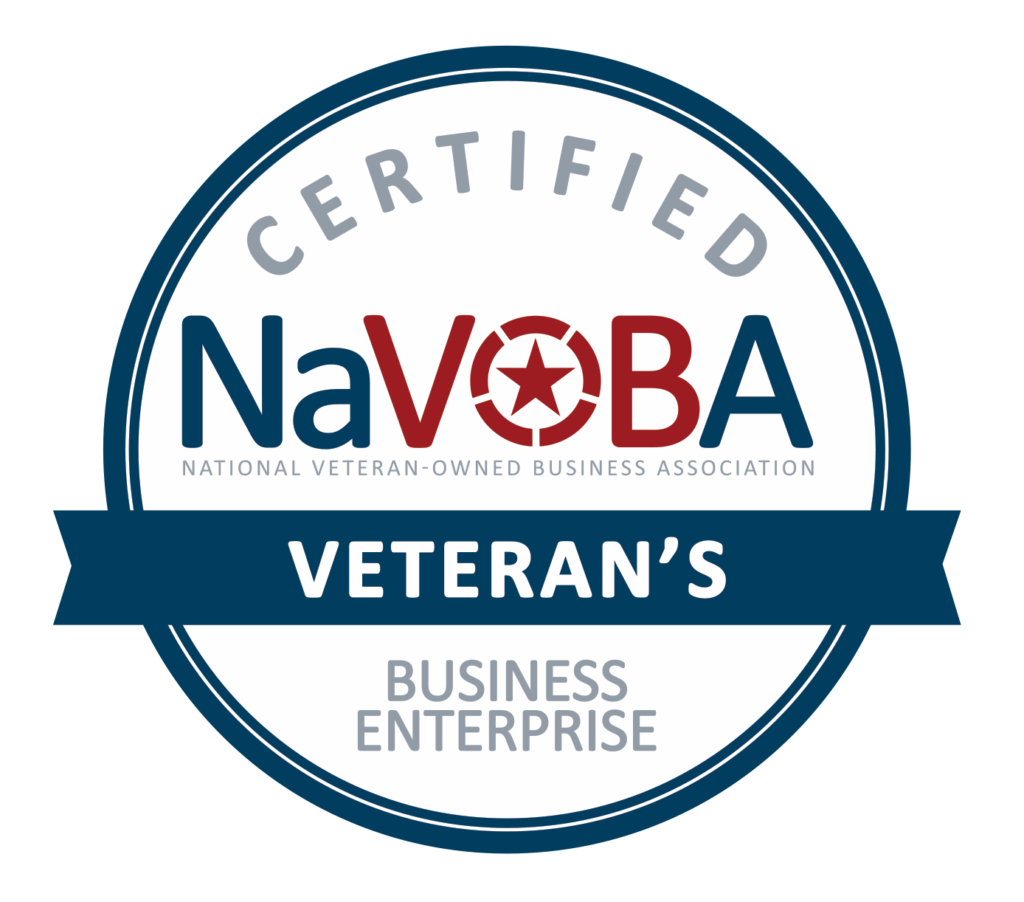Once upon a time there was a project manager. Like many who had come before him, he held the notion that his vast understanding of project management theory would see him through the coming battle. Armed with this knowledge, he believed he was prepared. He was articulate. He was technically literate. He understood where the project was headed. He knew he was ready.
The early days of the project came and went, and it was not long before he found himself in the midst of conflict. His team wasn’t working smoothly together. His client was becoming disenchanted. A vendor was not getting along with one of the team members. It was in this moment of reckoning that he realized project management is about people.
It doesn’t take long for a project manager to learn the lesson that managing a project requires overwhelmingly strong people skills, and probably the most important of these soft skills is that of conflict management. It’s a little tricky, too, because most project managers I have met have no formal authority to resolve problems. They usually end up relying on their ability to influence others.
The Psychology of Influence
In Part 1 of this series we will focus on the subject of how people are influenced. There’s a whole science to how people are persuaded to make decisions. The fact is that each day there is too much stimulus for our brains to make sense of it all. People have “mental shortcuts” that help them to make decisions and process information more quickly. These shortcuts can serve individuals, and they can also serve those who would influence them. They are known as Psychological Rules of Behavior. We use them all the time whether or not we are aware of it. Advertisers have known and taken advantage of this for as long as there has been advertising campaigns. So can we.
Rule #1 – People like those who like them.
This seems simple enough. But, you may not understand the power in this rule. Think for a moment of someone that you have had trouble resolving a conflict with or in general found difficult to work with. One way to ease the conflict and create a better working relationship is to actively articulate that you apprecieate that person. Now, I know there are those of you who would contend that there is no way to appreciate certainindividuals you know. Find a way. Here’s why. If you demonstrate consistently that you enjoy the company of someone, in time it will be in his best interest to enjoy working with you. To fight you would be to fight a perception of him that is positive. And, that’s counter-intuitive. People can’t continue conflict with those who like them.
I have had my own success with this. Case in point: In my first job out of college, there was a particular woman, “Lois”, in our office who was difficult with everyone. We all could have probably dealt with this except that we all depended on her greatly for the sake of our own jobs. Lois was cold and challenging.
One day, I decided to begin employing the Rule of Liking. I told her I appreciated the job she did. The next day, I thanked her for providing me her items on time. The following day I congratulated her on a success she had. It took a month of her scowls, but one day she finally trusted my appreciation of her and cooperated. And, it made my world easier. If I asked for her help, she gave it with her whole heart. If I needed to fix a conflict, she went out of her way to find a solution. Of course, everyone else in the office continued to struggle with her. But, I expected something valuable from her, and she couldn’t help but tolive up to the positive opinion I had of her. The trick with making this rule work for you is to do it consistently – keep doing it even when you don’t see it’s working. Eventually, it will.
Rule #2 – Help them see that they already agree with you.
People prefer to act in a manner that is consistent with what they already believe to be true. If you are having trouble convincing someone of something, review his past actions or conversations. Is there anything that could be used to convince him he already believes as you do? For example, if you are attempting to convince your boss to try something new, perhaps he has spoken in a meeting asking his people to try a new process or maybe he has taken a business risk in another area that demonstrates he’s willing to try new things. These can be used as levers to remind him he already agrees with you!
Rule #3 – Help them first.
People are more likely to offer you assistance if you have in some way already made their life a little easier. It’s a good idea to help people before you need them. Look for ways that you can serve others first, then they will feel compelled to bend a little when you need them to. It’s a low called the Rule of Reciprocity, and it’s the reason human beings formed societies and sit on top of the food chain. We feel mentally compelled to do something for someone who has done something for us first. It’s the reason no one wanted to take flowers from the Hare Krishnas at the airport. They’d feel bound to give something back/
The help you provide to others causes others to put a credit in your account. Those credits assist you in influencing them down the road. So, what if you can’t find a way to help someone? It doesn’t matter. Just offering your assistance is enough to put the credit in your account!
Upcoming in Part 2
Next issue, we will discuss the five big demons that keep you from successfully negotiating conflict. These are the demons that you bring to the table and hurt you. Stay tuned!


